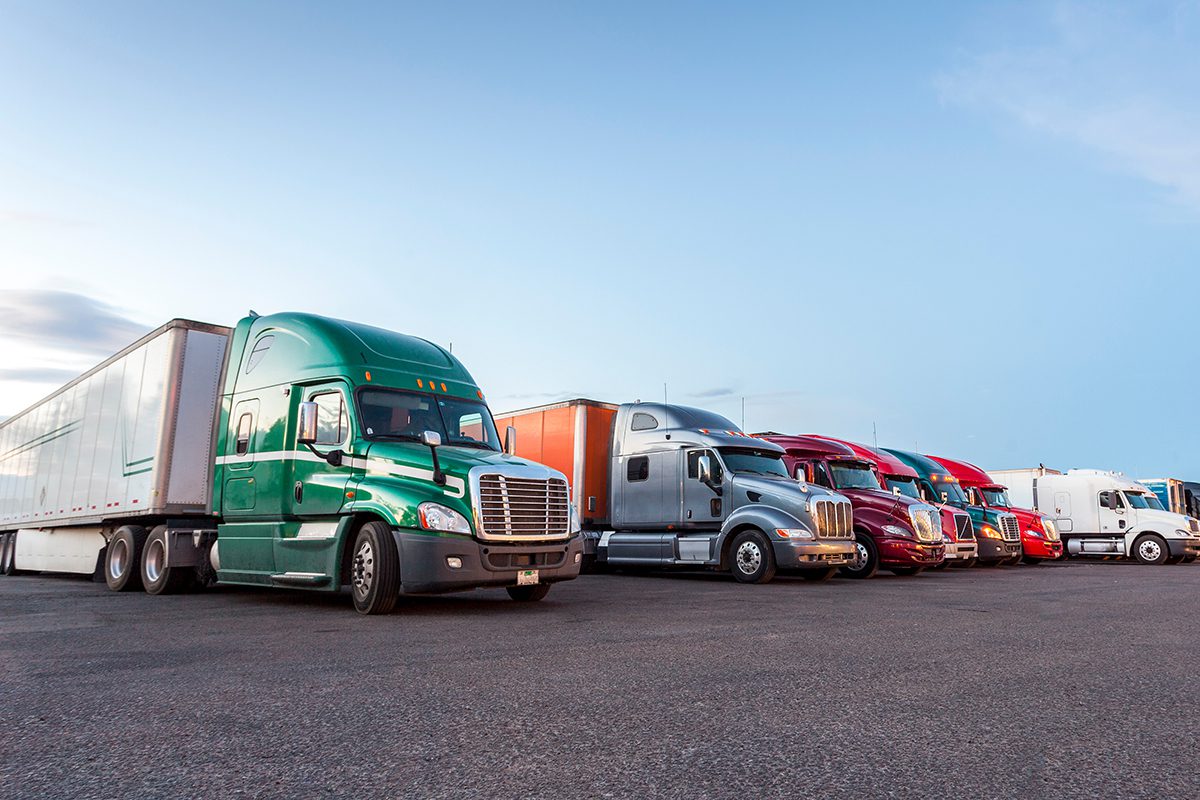There is a regulatory hurricane on the horizon in California. The California Air Resources Board (CARB) is just a few short months away from finalizing what will likely be the most consequential environmental regulation in the state’s history. In development since February of 2020, the Advanced Clean Fleets (ACF) regulation is set to transform California’s medium- and heavy-duty diesel fleets to zero-emissions vehicles in less than 20 years. A daunting task, for sure, and one that will require motor carriers to take proactive steps to stay in compliance.
Fleet operators who haven’t been paying attention to this draft regulation should start, because it could change the way they do business. How ACF will ultimately affect a fleet depends on how that fleet operates. The current draft regulatory language divides motor carriers into three categories: High Priority and Federal fleets, Drayage fleets, and State and Local Government fleets. Some motor carriers may be subject to multiple provisions depending on the makeup of their fleets.
High Priority and Federal fleets have easily the most complex and demanding requirements under this proposed regulation. Who makes up these fleets? Motor carriers that earn over $50 million in gross revenue, own, operate, or direct 50 or more vehicles, or are a federal agency. Any vehicle with a gross vehicle weight rating (GVWR) of over 8,500 pounds, regardless of fuel type, will be subject to this regulation. Currently, CARB has presented two pathways for High Priority and Federal fleets to comply with ACF.
The first is via Zero-Emissions Vehicle (ZEV) additions. With this pathway, fleets achieve compliance through the acquisition of ZEVs. In fact, starting in 2024, carriers that opt for this pathway can only add ZEVs to their fleets — no diesel, gasoline, or natural gas allowed. Additionally, vehicles that have gone beyond their useful life as defined by California law must be removed from the fleet. This pathway is simple and straightforward but does not allow for really any flexibility.
The second pathway utilizes percentage milestones for different vehicle groups to calculate an overall ZEV requirement a fleet must meet in compliance years. This pathway, while more complicated, allows fleets to continue to add traditional internal combustion engine (ICE) vehicles to their fleet and remain compliant, provided they meet their milestone obligations. This added flexibility provides fleets with the ability to continue to manage their vehicles and routing in a way that makes the most sense to their business model.
Drayage fleets (those that visit ports and intermodal rail yards) will be regulated through the Drayage Truck Registry (DTR). The DTR is the registry of vehicles that are allowed to enter these port and intermodal sites. Starting in 2024, any new vehicle added to the DTR must be a ZEV. Existing ICE vehicles already listed in the DTR will be grandfathered in, provided they visit a port or rail yard at least once per year, until they have exceeded their legally defined useful life — 18 model years or 800,000 miles, whichever comes first. Any grandfathered unit still active in the DTR and within its useful life will be considered noncompliant after 2035 and will no longer be able to access ports or intermodal rail yards.
State and Local Government fleets will have an acquisition requirement, rather than a fleet composition requirement. From 2024 to 2026, 50% of all vehicles acquired by state or local governments that have a GVWR over 8,500 pounds must be ZEV. In 2027, that mandate moves to 100%. There are currently no requirements to remove existing ICE vehicles from these fleets, so forced retirement of older vehicles should not be necessary.
There are several important factors to consider when planning for the inevitable impact this regulation will have on a fleet. The first is vehicle acquisition. ZEVs are more expensive and often require more time to manufacture and deliver than traditional ICE vehicles. A procurement schedule designed to satisfy ACF requirements will ideally utilize every tool available to ensure acquisitions are made with adequate lead time while still being cost-effective to the overall business model. Grant and incentive funding can help with the second aspect, but many grants are competitive or first-come-first-served and require careful planning to ensure a successful bid.
While working on acquisitions, fleets must also focus on constructing the infrastructure that will fuel these vehicles. There’s no point in purchasing a brand-new electric tractor if there’s no charging infrastructure in place to power it. Infrastructure planning can be challenging. Coordinating with utilities, getting permits approved, engaging general contractors, all of these can be costly and time-consuming projects that can, and often do, take several months to a few years to complete. And that doesn’t speak to the cost of adding infrastructure, which often is very significant. Delaying this process will likely inhibit a fleet’s ability to comply with this regulation.
ACF will present many challenges to fleets across California. To say this is one of the most significant regulations to come out of CARB in the history of the agency is not inaccurate. This will be transformative on a level rarely seen in the state. This all may seem overwhelming, and it certainly can be, but GNA can help fleets navigate this rule while planning for the future with grant funding opportunities, procurement analysts, and compliance experts at the ready. The very worst thing you could do is nothing, so act today.


